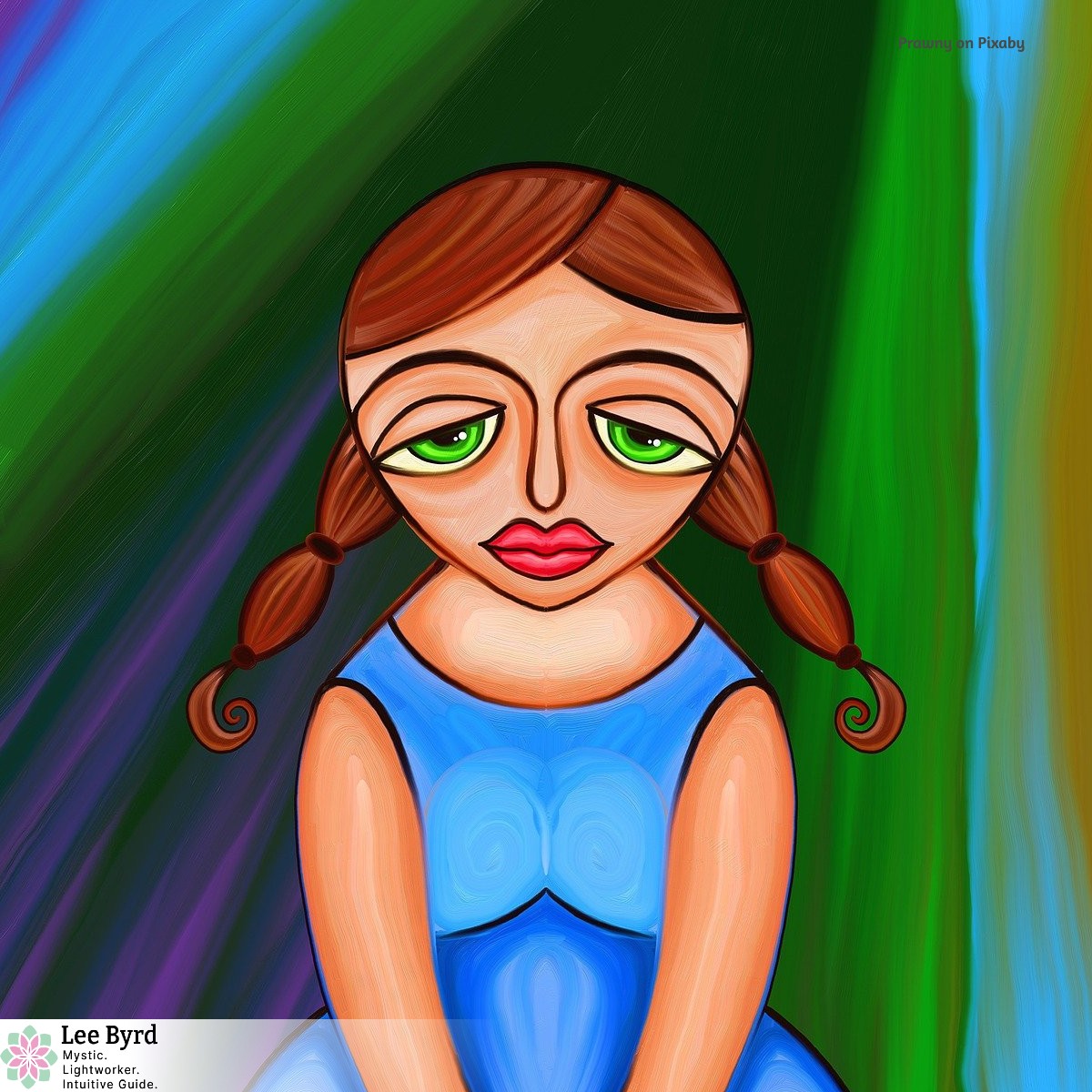I’m feeling very sorry for myself today so I’ve decided to throw myself a little party, a pity party. No one is invited (you can have your own party), not accepting gifts or advice, just pity–all the pity I can afford.
Many years ago when I was in the throes of divorcing my first husband and just beginning to recognize and come to grips with my childhood trauma, I was seeing a Zen therapist. We’d sit in his pyramid shaped meditation space and do biofeedback while talking. His Zen lessons were subtle and always shed light on my path. When I was really down rather than trying to talk me out of it or fix it, he’d tell me to indulge myself.
His prescription was to go home and have a party, a pity party. And I did. Turned out to be the best medicine ever.
Why? To what end, you ask?
Honoring Where We Are
The purpose of a pity party is to come face to face with these emotions. There’s nothing wrong with feeling sorry for yourself, it’s just an emotion arising in your life at this time asking to be healed. We can get into the story of why we feel sorry for ourselves in any given moment, but first we want to honor where we are.
One of the most useful, most valuable Ram Dass teachings is about meeting what is here now in our life. He called it inviting your demons in for tea. Meaning, don’t deny how you feel but rather, bring those feelings out into the light.

Recognizing and allowing difficult emotions is the most direct and, in my experience, only way they can be reckoned with and ultimately, with practice and time, be put to rest.
This is true healing and at the end of day, isn’t that what we all want?
Besides that, wallowing, if done right, can be fun and we can all use some fun in our life!
So what do you say? Ready to learn to create your pity party?
Three Rules: No Exceptions

Before you start you must agree to these three stipulations–there are no exceptions to these rules:
- Most important, DO NO HARM to yourself or anyone else. There is no exception to this rule and if you cannot agree you cannot play.*
- You must set and adhere to a time limit for your party. It can be an hour, a day or longer if you want. You get to choose but at the end of that time (yes, you must set a timer), party over.
- Before you start, write out a plan for what you will do directly after the party is over. This is as important as the party. Details below.
The Pity Party
Ready? Here’s what you do:
- Go home or into your room if you live with others
- Shut and lock the door
- Turn off your phone unless you use it to watch sad movies or reels
- Tell you friends and family and anyone else to not disturb you
- Close the curtains and/or blinds–no view of the outdoors allowed
- The darker the room the better
- Play only sad music
- No dancing but you can throw yourself onto the bed or sofa or floor and cry
- Throw a tantrum like a toddler (be safe in doing this, you’re not a toddler any more)
- If you feel you must sing, make it a sad, mournful tune
- Watch the saddest movies possible
- Read sad poetry or stories
- Grab a hankie or box of tissues and cry lots—don’t hold back those tears.
The Party After the Pity Party

This is every bit as important and helpful as the pity party so don’t skip over this. Here’s what you do (and remember, you need to outline this BEFORE your pity party):
- Open the curtains and turn on the lights
- Text, call, message or email your friends and tell them the party is over and wow! Was it ever awesome.
- Listen to fun, inspiring music
- Sing along and dance to the music
- Watch funny sitcoms or movies
- Read or listen to inspiring words–poetry, books, social posts, podcasts, videos, etc.
- Get outside and go for a walk preferably in nature—say hello to the birds and plants, smile at others
- Take yourself out to dinner or breakfast or lunch or tea
- Take a long hot bubble bath
- Laugh!
You know what, silly as it may seem, this works! Surrendering helped me to make friends with these darker emotions, enabling myself to see more clearly what was really going on. This helped me keep the past in the past and to stay focused on the Now.
Years later, when I learned the beauty of meditation and body-awareness, I realized that this was my first experience of Presence.
You are not broken, you are stuck.
Dan Buglio
Over the years of exploring my emotions I’ve learned that feelings and emotions are not good or bad or right or wrong. Emotions are nothing more than energy in the form of electromagnetic waves that constantly pass through our being. When we deny or repress them they get frozen and stuck. Neuroscience shows us that stuck or unresolved emotions can cause illness and disease.
So Where To Go From Here?
When we get triggered, these stuck emotions naturally arise, asking to be recognized and healed. Certain situations will continue to set off certain emotional responses until we meet them and begin the task of releasing and reprogramming.
When we shift our awareness away from seeing emotions as bad and as obstacles we are able to come fully present with what is here, what is arising. This then provides the ability to see emotions in their true light, loving messages from the Soul. With gratitude for the opportunity, we move towards our desire to heal and begin to create a life based on authentic love. This is our birthright.
A Simple Daily Practice
This is my practice. I incorporate four basic elements: movement, breath-work, body-awareness meditation, and journaling. Take time, massage this to fit you and your lifestyle.
- Movement such as yoga (I love doing a few rounds of sun salutations), simple stretches, or a gentle walk in nature.
- Breath-work — my favorite is what I call the Dolphin breath. It is extremely helpful in releasing stuck emotions. Dolphin breath: inhale from the bottom of your root chakra and carry that breathe up to the crown chakra and hold for as long as comfortable; release quickly (“like the popping of a cork”). https://www.leebyrdmystic.com/2023/09/12/breathing-lessons-from-dolphins/
- Body-awareness meditation: sit with your back straight but not rigid, scan your physical body noticing the sensations — notice where there is tightness and holding but also notice where there is ease and spaciousness.
https://www.leebyrdmystic.com/about/meditation/body-awareness-meditation-practice-noticing-sensations/ - Journaling: a simple way of reflecting what you feel as well as what works and what doesn’t.
https://www.leebyrdmystic.com/self-inquiry-journaling/
This is not always easy, it can be messy and it is never for the faint of heart. More often than not it will take time. It requires diligence, authenticity, and tenacity. But it is so worth the time and effort. One of my teaches told us that if we can find the courage to sit in the fire, there will be great freedom. And she is right.
This is not always easy, it can be messy and it is never for the faint of heart. More often than not it will take time. It requires diligence, authenticity, and tenacity. Tenderness is key.
All thoughts call an energy or a frequency. Change your thoughts and you change your life.
Dr Joe Dispenza
*National Suicide Prevention Hotline: 988 (https://www.fcc.gov/988-suicide-and-crisis-lifeline)


2 comments